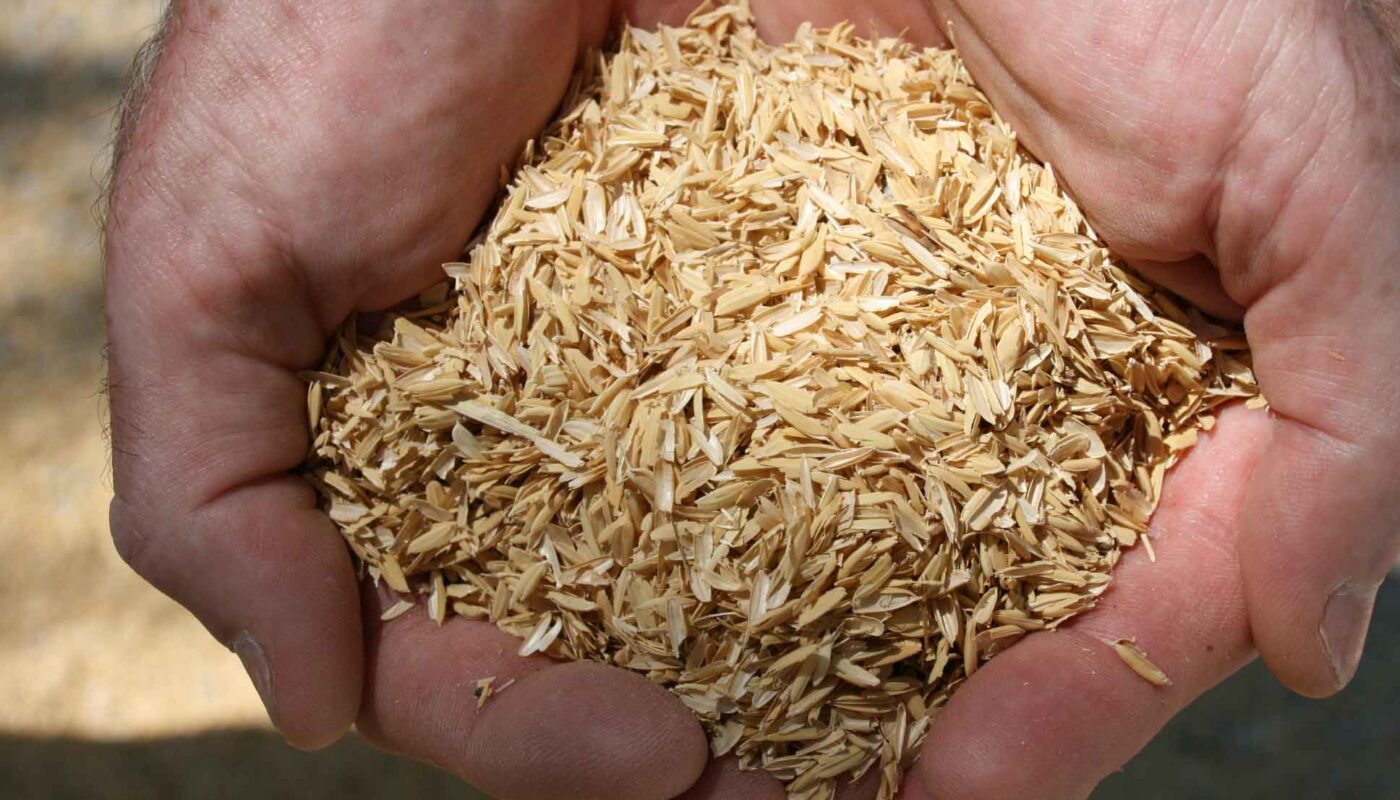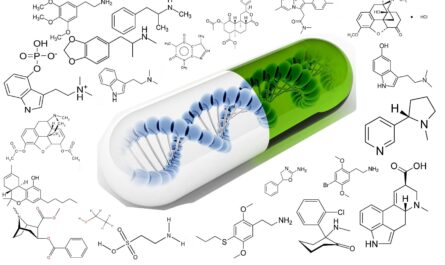In a world where environmental sustainability is increasingly important, the building sector has emerged as a major contributor to plastic consumption and greenhouse gas emissions. The production processes of construction materials have detrimental effects on the environment, polluting air, land, and water. To combat this, researchers in Panama have developed a rice husk-based insulation material that is not only eco-friendly but also exhibits promising thermal and mechanical properties. The findings of their study, which was published in Frontiers in Built Environment, highlight the potential of utilizing agricultural waste to create innovative and sustainable construction materials.
Dr. Nacarí Marín Calvo, a researcher at the Universidad Tecnológica de Panamá, Centro Regional de Azuero and the first author of the article, explained, “Here we show that it is possible to create alternative insulating material from recycled newspaper and rice husk.” Rice husk, considered agricultural waste in rural Panama, is typically discarded in landfills or incinerated, posing significant environmental concerns. The researchers shredded the husks and combined them with recycled and shredded newspaper cellulose. To enhance the material’s properties, they added borax, which not only increased resistance to fungi but also endowed it with fire-retardant characteristics. Glue was used to bind all the components together.
The researchers conducted tests using different material compositions to assess the behavior of the insulation material. The initial mix consisted of 14% newspaper, 9% rice husk, 15% borax, and 62% glue. Subsequent compositions varied the ratios of rice husk and newspaper, while maintaining the amounts of borax and glue. Dr. Marín Calvo noted that the results were consistent across all three compositions in terms of thermal conductivity, maximum stresses, and compressive strength values. Thermal conductivity, often measured as the k-value, relates to a material’s ability to conduct heat. The tested compositions exhibited k-values ranging from 0.0409 to 0.04607 watts per meter Kelvin (W/mK), which are comparable to other natural and recycled insulation materials (ranging from 0.027 to 0.1 W/m/K).
The material’s tensile strength, or its ability to withstand stretching or pulling forces, showed maximum stress values ranging from 1.31 to 1.76 megapascals (MPa) across the three compositions. This places its tensile strength in a similar range to materials such as cardboard, cement, and sand. Additionally, the compressive strength, which measures a material’s resistance to pushing forces, recorded values between 20.19 and 21.23 MPa. These results suggest that the developed material has the potential to be used in various construction applications.
Although the findings are promising, the researchers acknowledged the need for further studies to confirm the material’s insulating properties and assess its performance in diverse climates beyond Panama’s high humidity. Additional research could explore other configurations, such as the inclusion of long fibers pointing in one direction to enhance the material’s tensile behavior. Dr. Marín Calvo concluded, “We can conclude that the material could also potentially be used in various engineering domains, including the production of lightweight components, construction panels, and sustainable packaging.”
The development of insulation materials from rice husk and recycled newspaper represents a significant step forward in environmental sustainability within the construction sector. By utilizing agricultural waste and repurposing it into valuable construction materials, the industry can contribute to a more sustainable future. As further research and development continue, these innovative materials have the potential to transform the way we approach insulation, ultimately leading to a greener and more sustainable built environment.
*Note:
1. Source: Coherent Market Insights, Public sources, Desk research
2. We have leveraged AI tools to mine information and compile it



